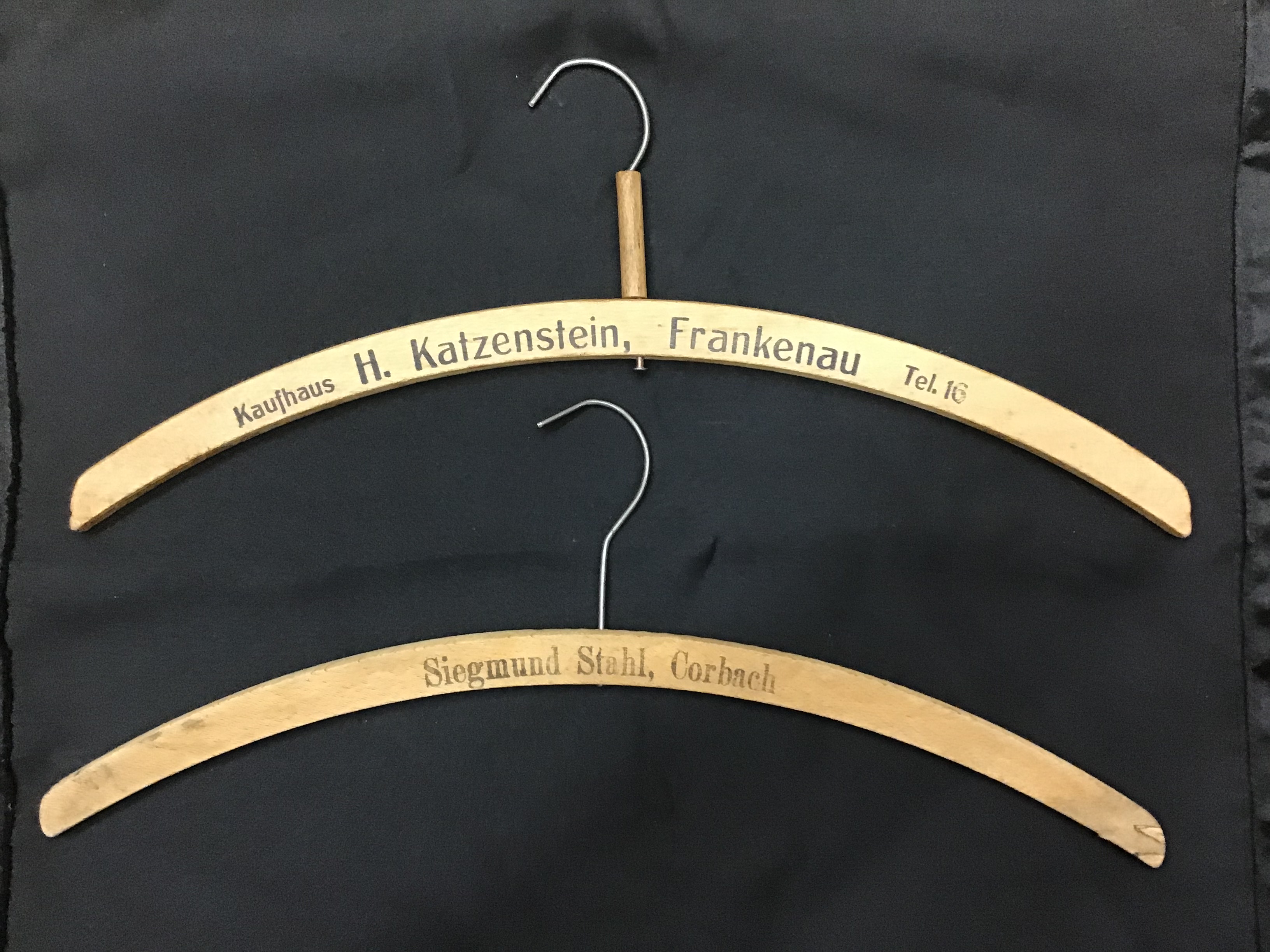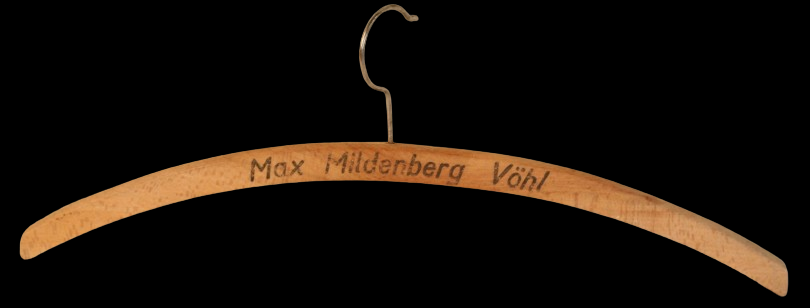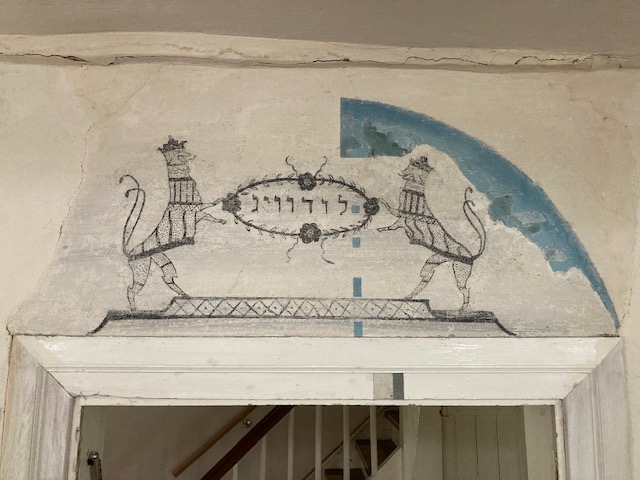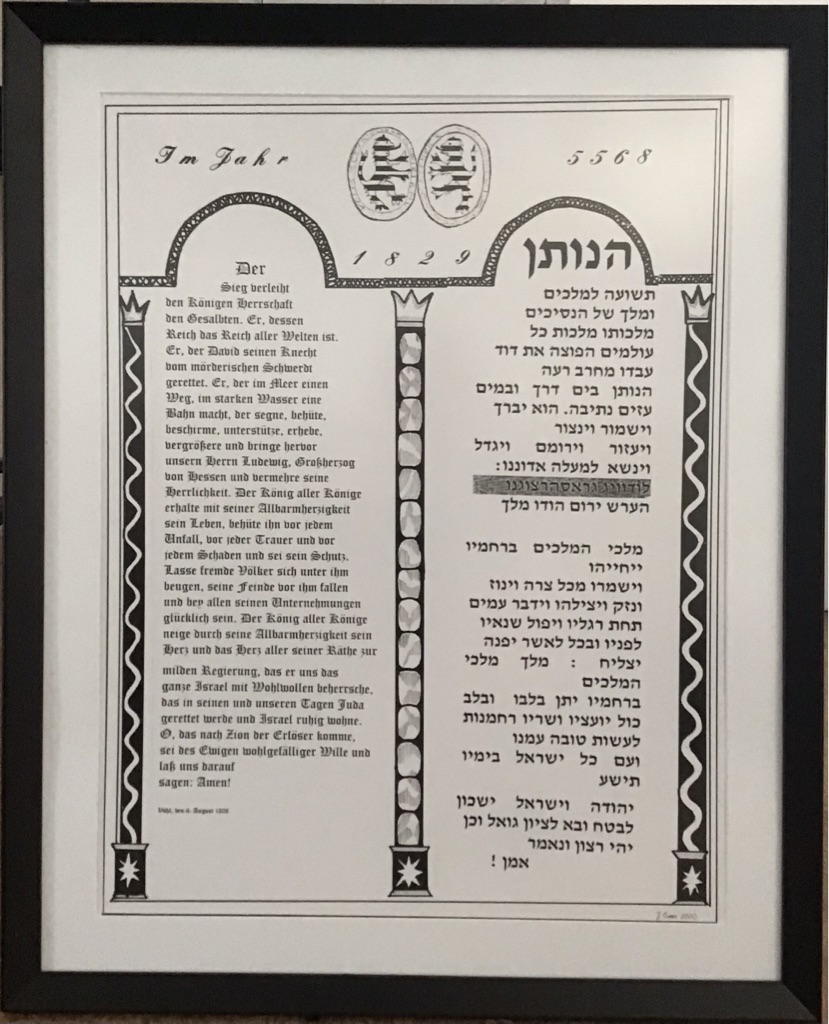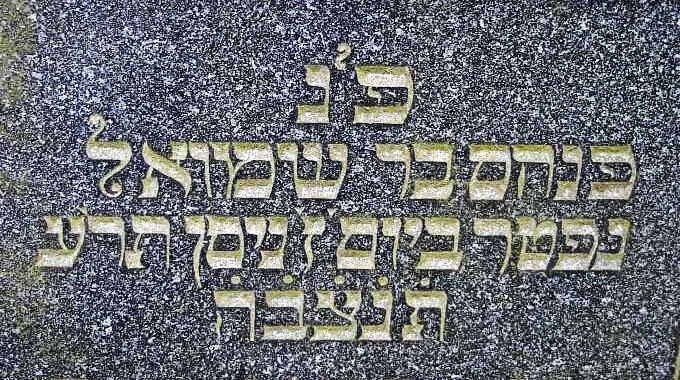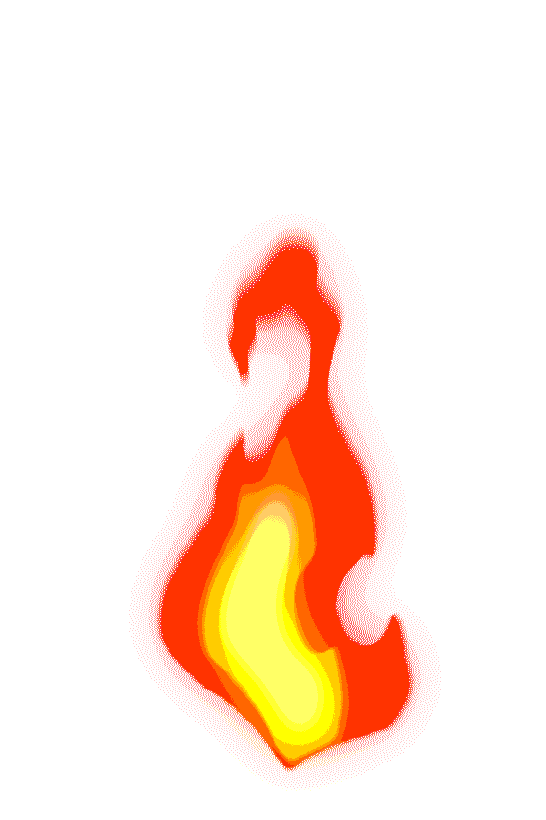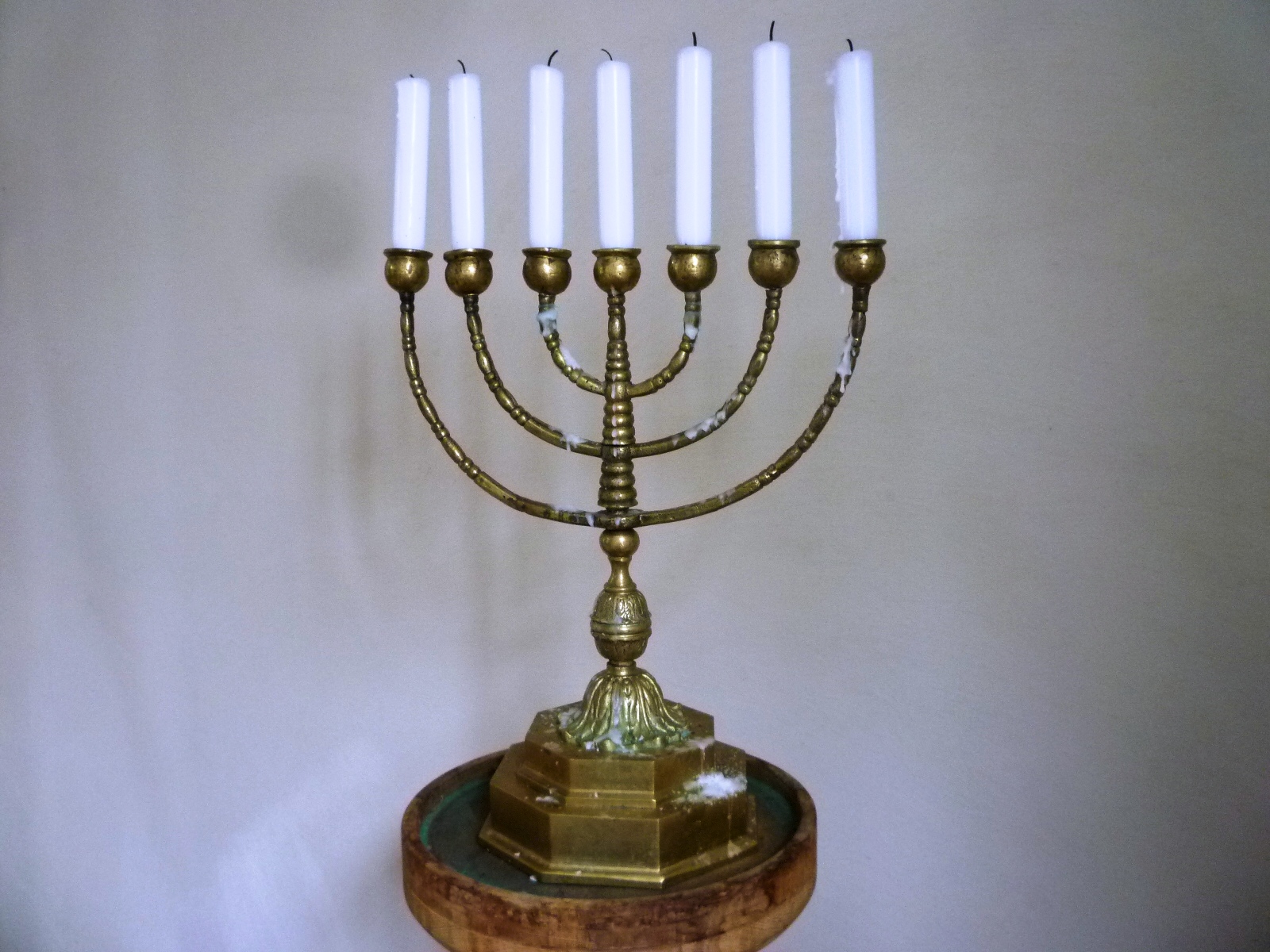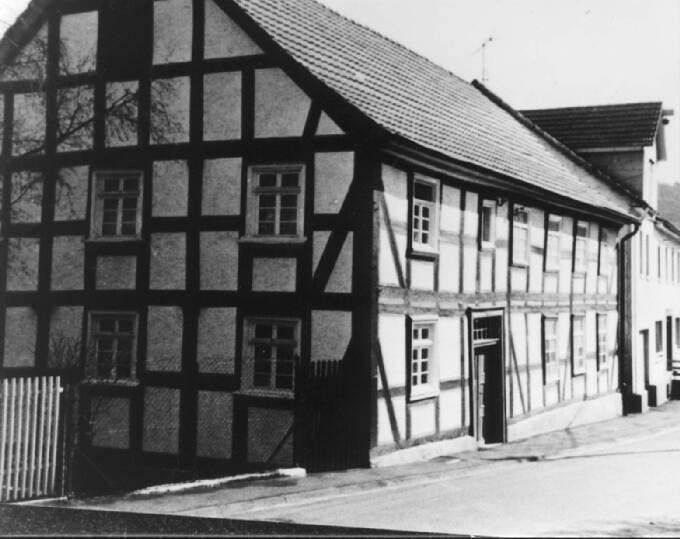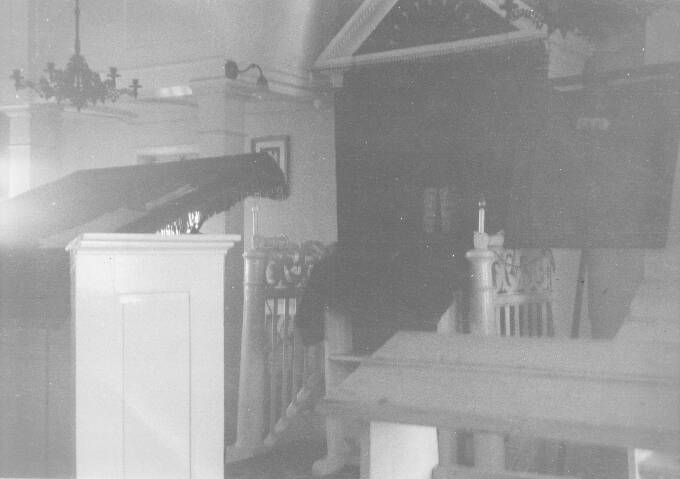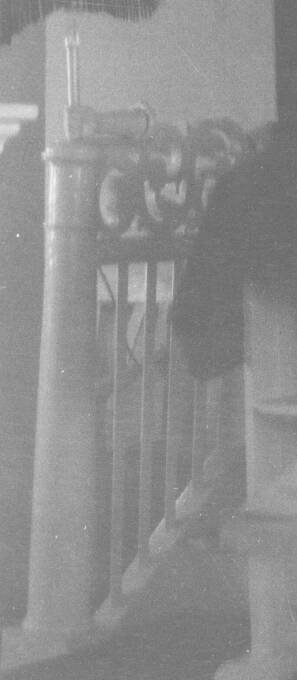
Siddur, prayer book with complete binding. Title page lost. Hebrew. 18x11x2cm. Owner's name on the front cover not legible. The back cover (see photo) probably bears names of close relatives to mention them in prayer.

Siddur, prayer book with front cover only. The owner was Sigmund Lazarus from Vöhl. Hebrew. 18x11x1,5cm. Published by Lehrberger, 1881, Rödelheim.

Siddur, prayer book without cover and flyleaf. 20x12x2cm. Hebrew - German.


Well-preserved siddurim, prayer books for Jewish festivals. Hebrew - German. 1892 and 1898, Lehrberger, Frankfurt. 20x13x2cm. The finds from the genizah originally looked like this. The leading publisher at this time was Lehrberger - Verlag und Druckerei in Rödelheim, Frankfurt am Main. After the publishing house Dr. Felix Kauffmann - Hebrew Publishing Co. in New York had initially taken over the programme, the successor of the Verlag Victor Goldschmidt in Basel, where the prayer books are printed today under the keyword "Rödelheimer Ausgabe". The five books are a gift from the Jüdischen Gemeinde Marburg.




Five books of Moses in Yiddish in Hebrew script. Binding and title page missing. 20x17x5cm. The book is illustrated with several woodcuts. As a result of the First World War, Jews were expelled from Poland and came to Germany. Most of these people spoke Yiddish.

Prayer book for Passover. Without cover and title page, Hebrew. 16x18x?cm.

‘Der Aharonsstab’ (The Rod of Aharon), sermon outlines for rabbis on the five books of Moses. Prague, 1861, German. Is the binding missing? Bound on the left. 23x15x?cm

Single page of a German textbook. The tasks for the pupils are in smaller font. 18x12cm

Five books of Moses in ‘paperback format’. Without cover and title page. Hebrew, 12x8x3cm. Donation from Korbach

Prayer book for the New Year, Rosh ha-Shanah, without cover and title page. Hebrew. 21x14x3cm. Donation from Korbach
A geniza, genizah (storehouse, depot, store) is used to store used Jewish liturgical writings. In the Vöhl synagogue, the attic was used for this purpose. Texts that were no longer used were locked away here. They must not simply be thrown away. In 1999, the genizah was found by Jürgen Evers.
Almost all of the texts are printed texts in Hebrew script - some supplemented by German translations. Three prayer books, an edition of the 5 books of Moses, a collection of sermons and a Passover book can still be recognised. One script, the 5 books of Moses, is in Yiddish - written in Hebrew letters. One page is in German: it was part of a school textbook.
A prayer book and a ‘pocket book’ of the 5 books of Moses were donated by S. Aramanovich from Korbach and are not part of the genizah.
All information has been compiled with the kind assistance of Mr Beni Pollak, teacher of the State Association of Jewish Communities in Hesse.










